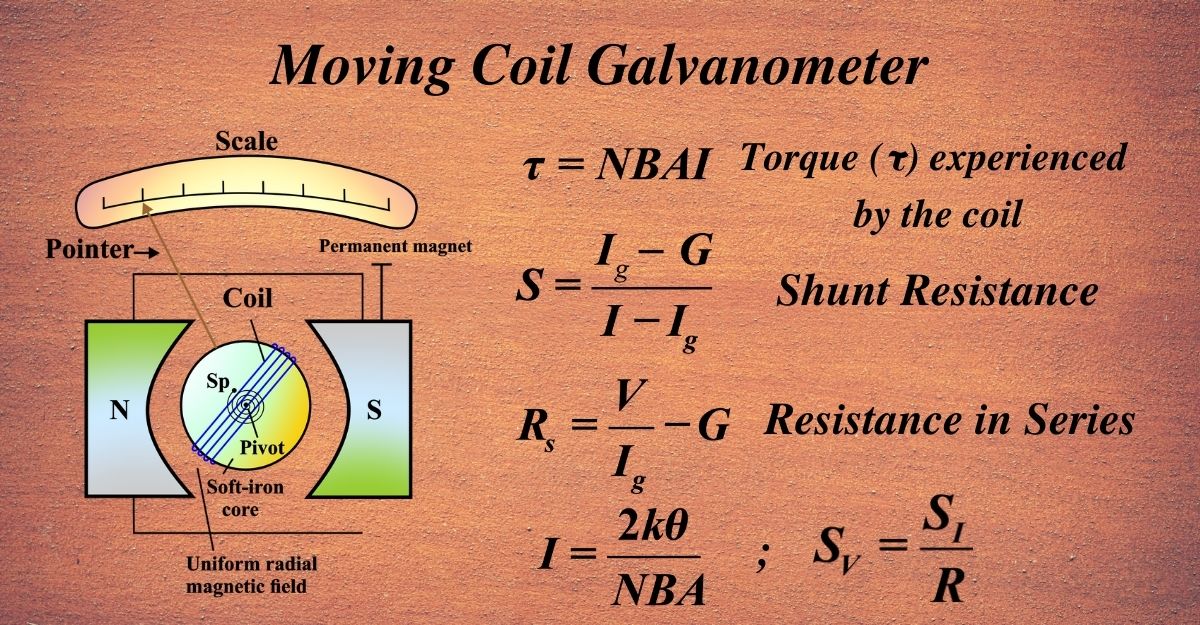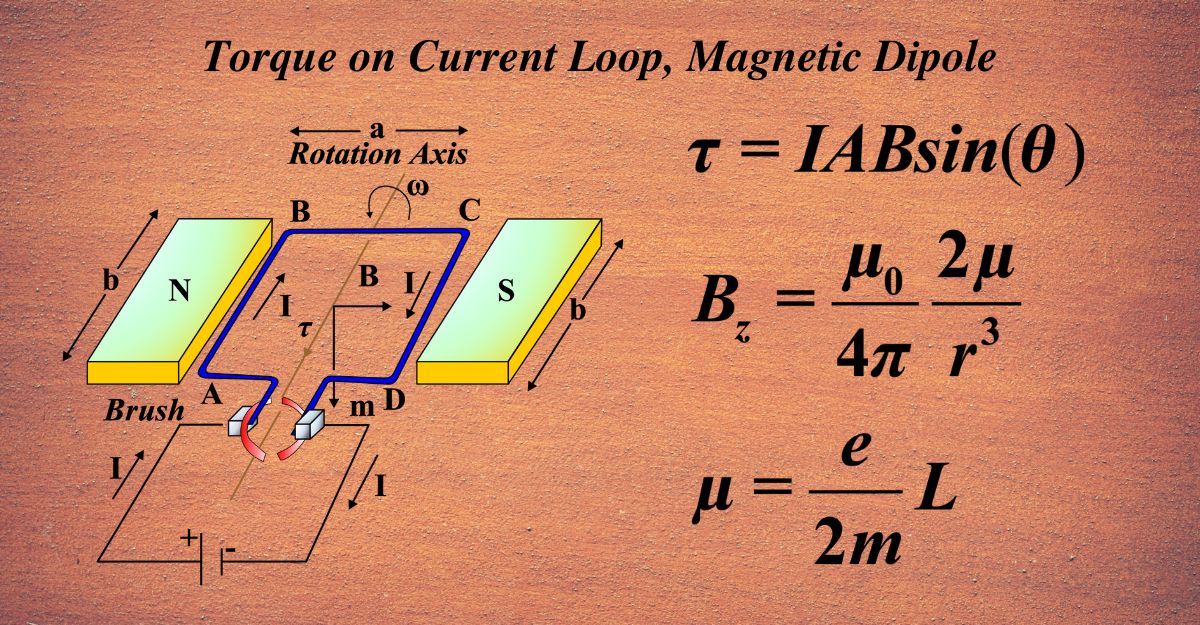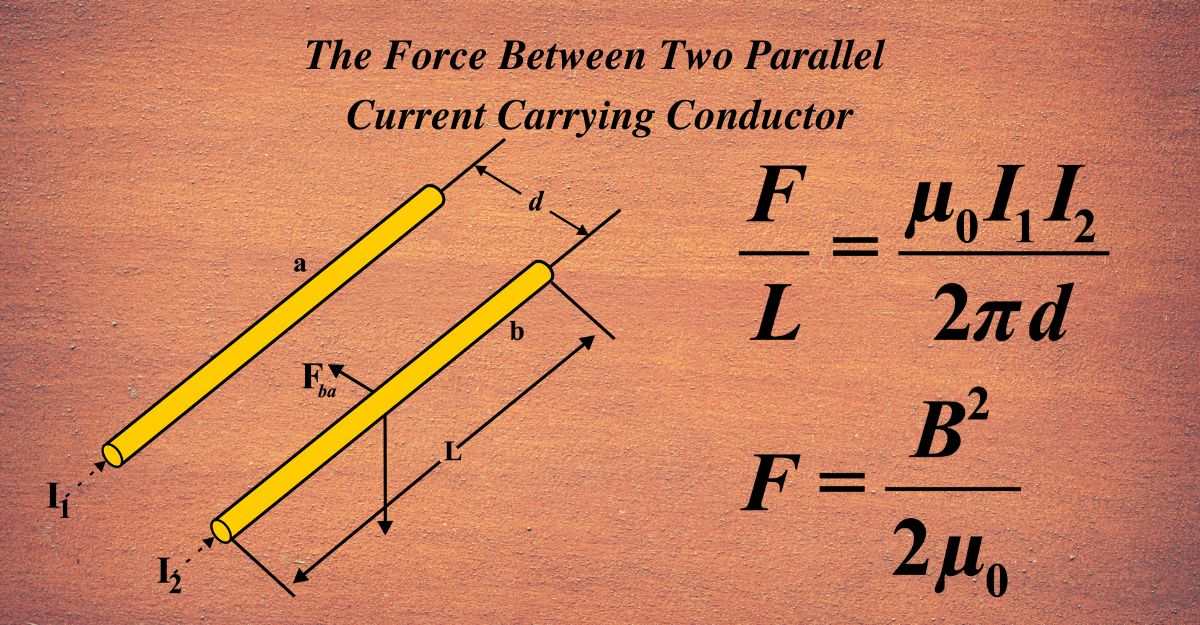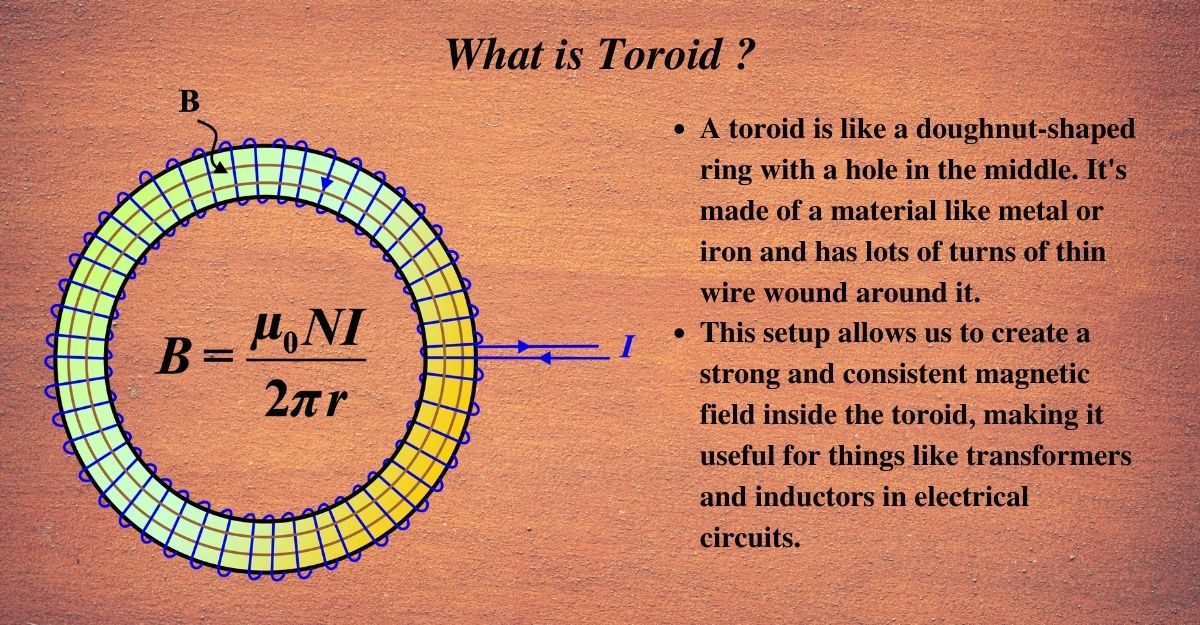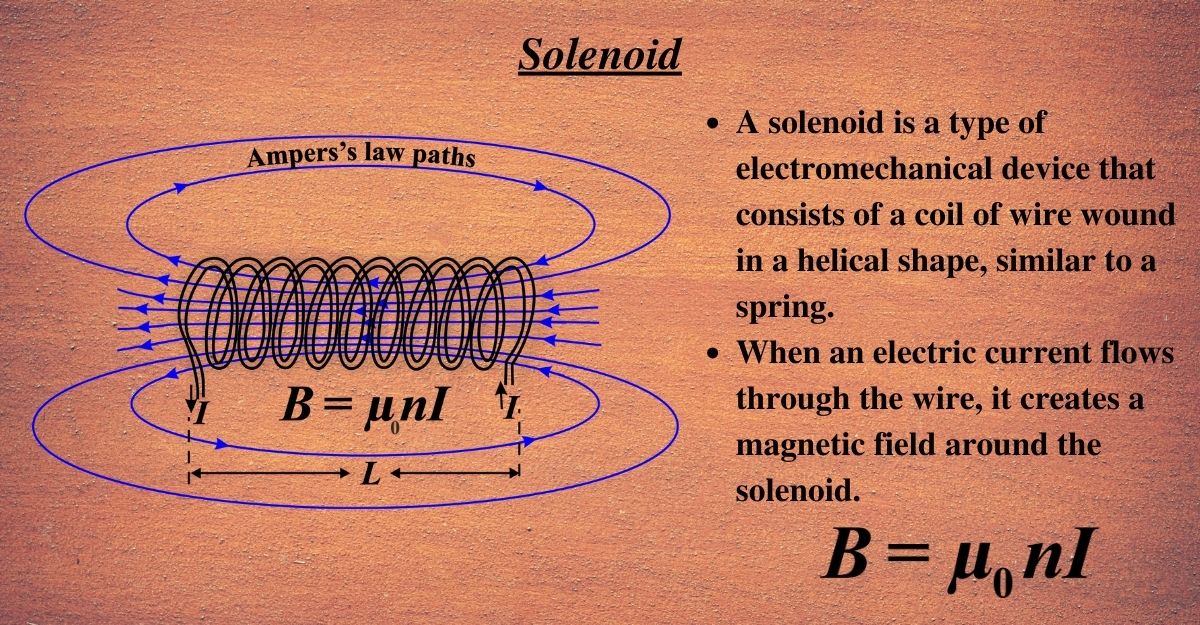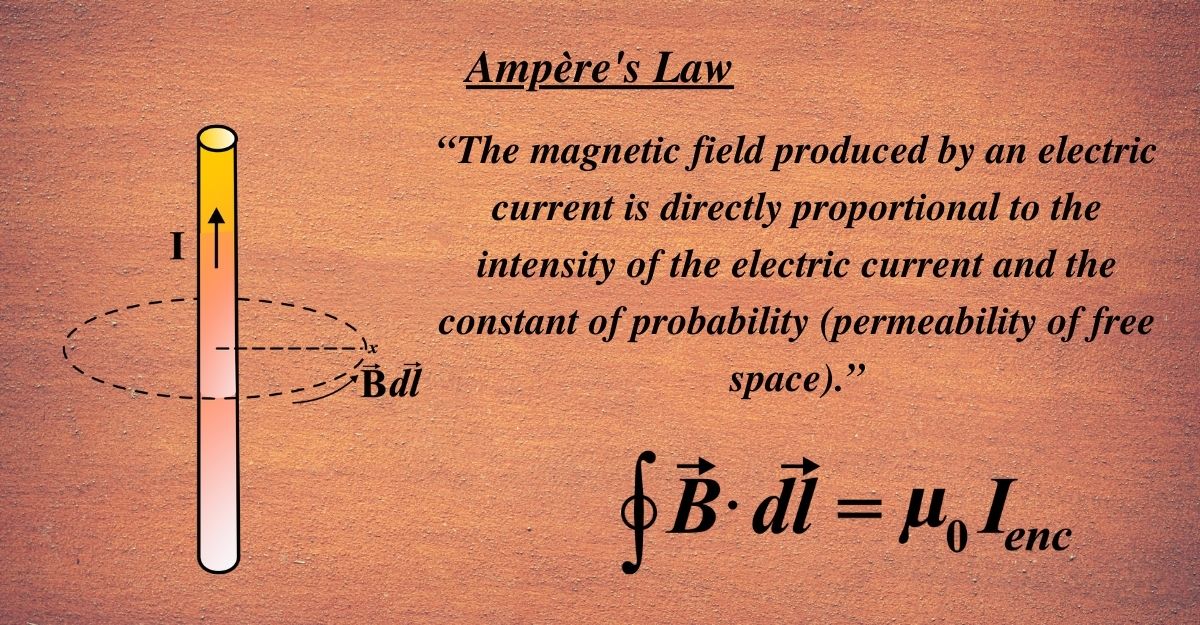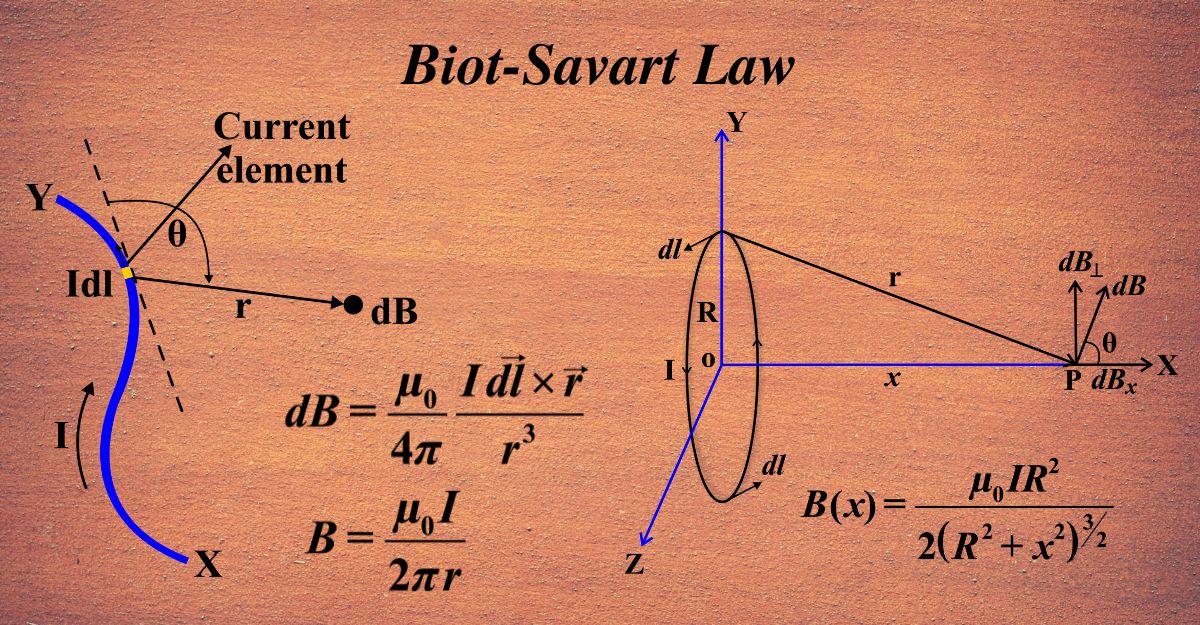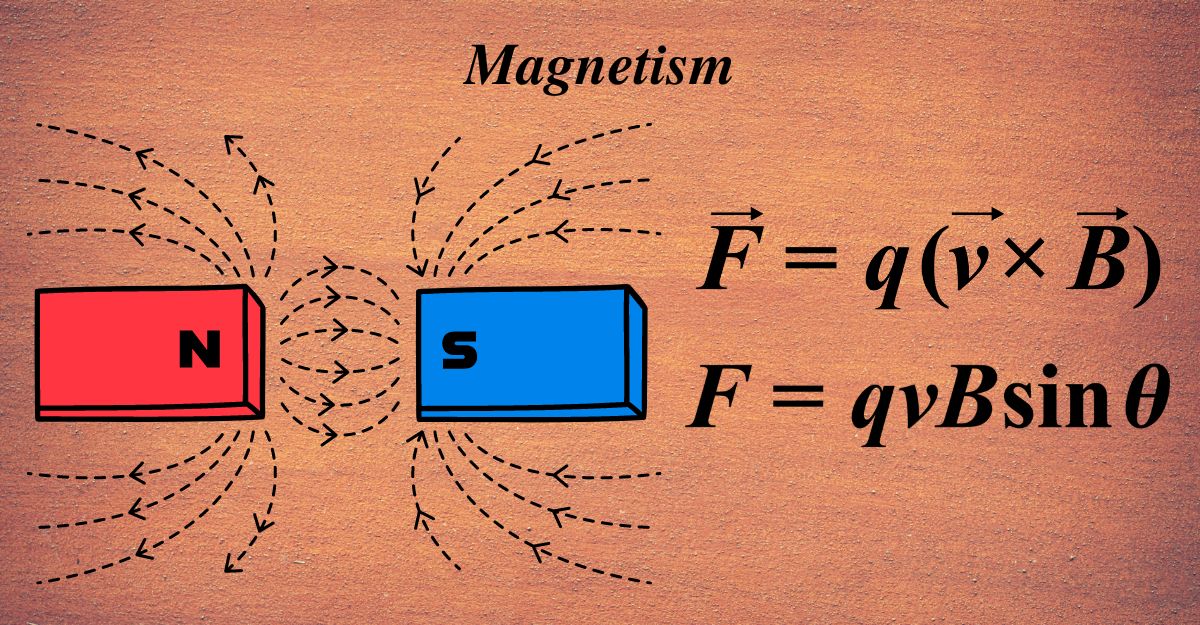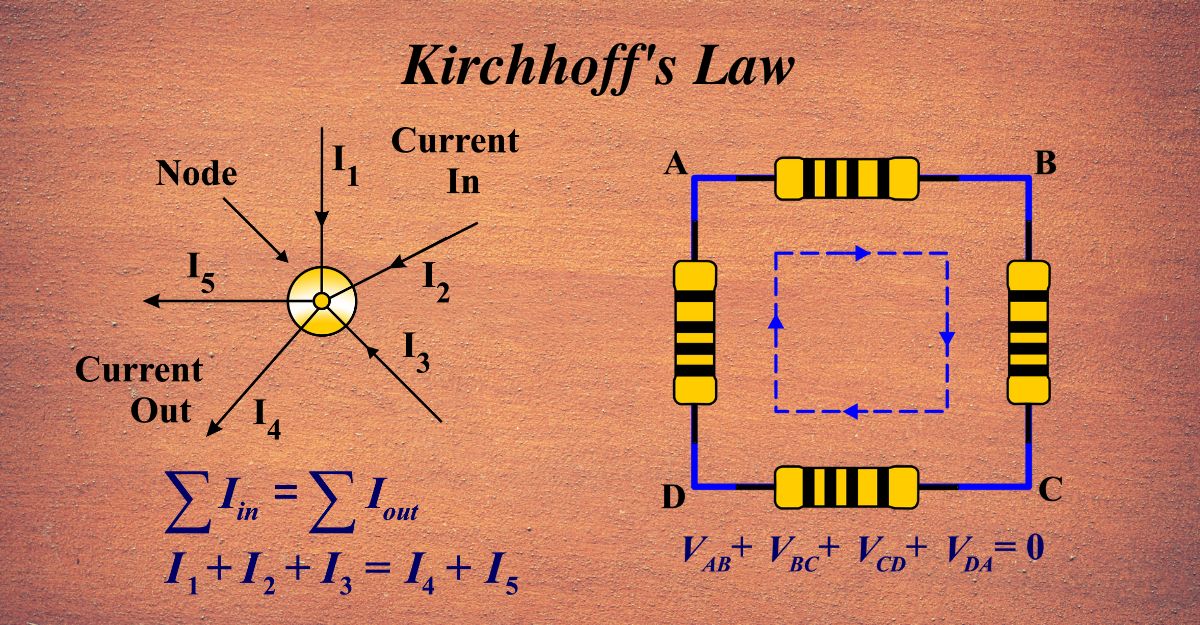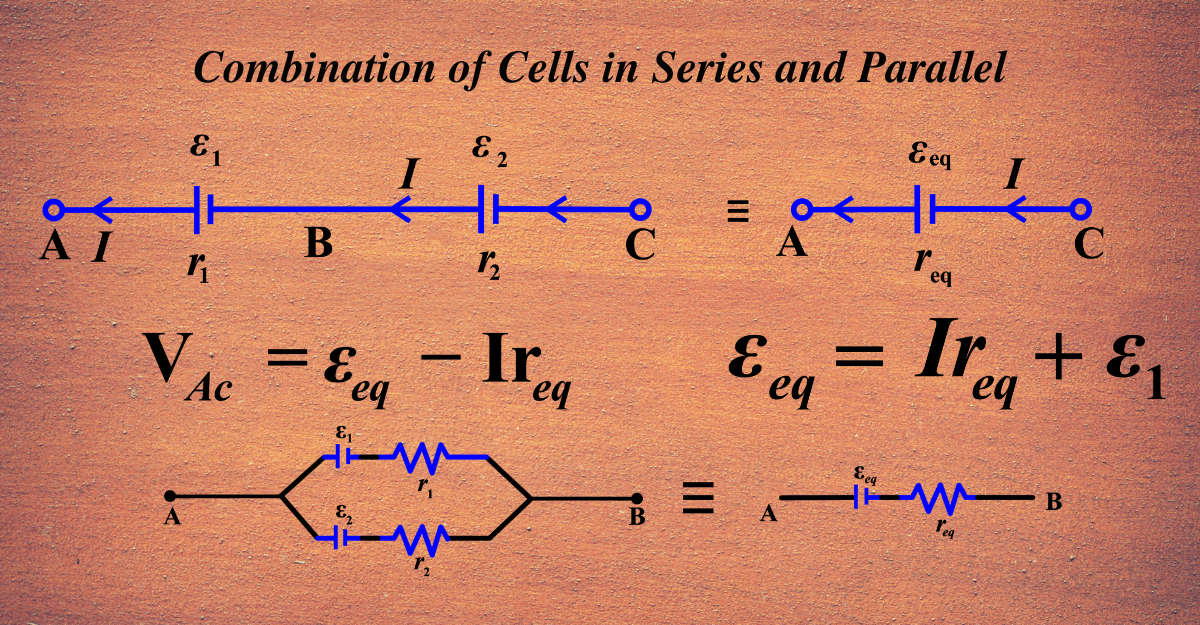The Moving Coil Galvanometer
The moving coil galvanometer is a refined version of the original galvanometer, which was an early instrument used to detect and measure electric currents. The journey of the galvanometer began with the discovery by Hans Christian Ørsted in 1820 that a magnetic compass needle deflects when it is near a wire carrying an electric current. … Read more
